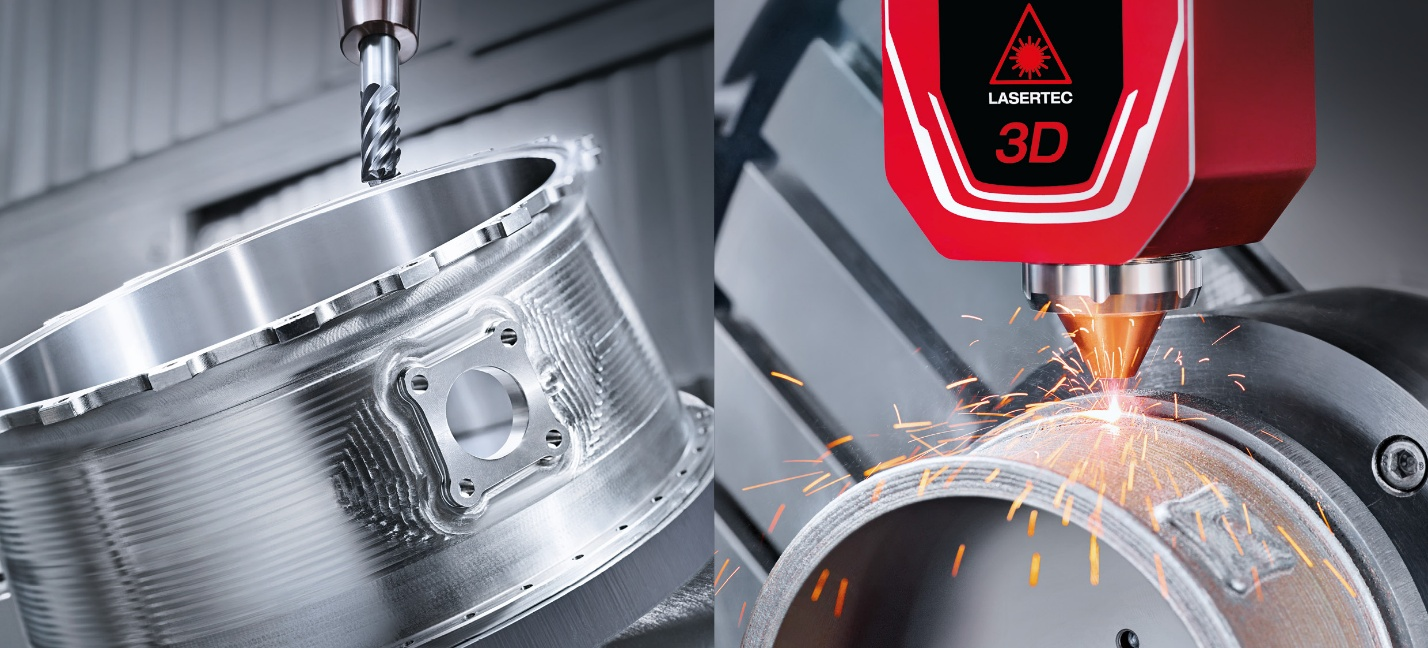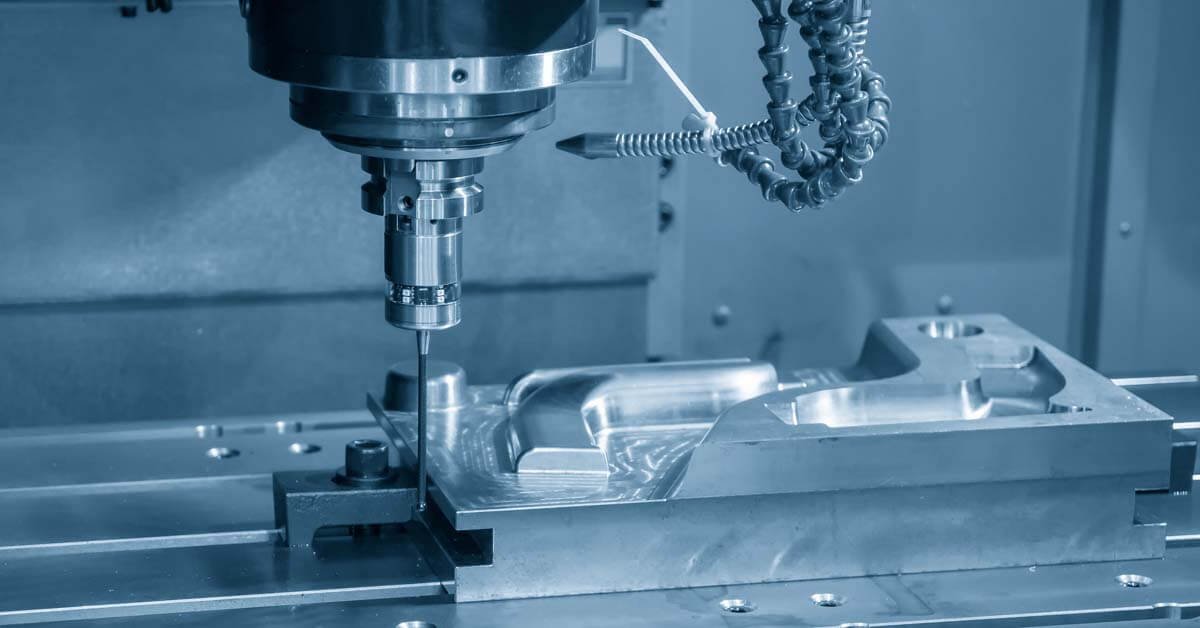CNC machining has gained a lot of popularity since the technological boom in the manufacturing industry. In the modern era, a significant majority of the manufacturing industries use CNC machining centers for their operations. Automation and optimization are the keys to effective development in the production and manufacturing industry, and these machines epitomize these qualities.
This article is a brief introduction to CNC machining centers to get you acquainted with this technology and about the effectiveness of these machines.
What are CNC Machining Centers?
Let’s start with an introducing of CNC Machining Centers. These are machines that use numerically controlled motors to operate and perform different machining operations. Owing to the precision-based control system handling each machine axis, a variety of operations can be achieved with remarkable accuracy.
A few examples of these machining operations include drilling, turning, milling, and other operations, which are commonly used in large-scale production. Since their arrival, they have significantly increased the productivity of major industries and mass production has sky-rocketed.
Gone are the days when you needed months to machine a tank or any other large-scale product. With CNC Technology, most of the work is computer-based and automated. It starts with a CAD model; then a CAM programmer uses computer software to define machining strategy including cutting parameters, toolpaths, post-processing, etc.; and finally, a CNC Machinist uses his knowledge and experience to control the CNC machine while it machines the part according to specification.
Classification of CNC Machines
CNC machines are usually classified based on the arrangement of their axis and their operations. You would be surprised at how companies have innovatively engineered these machines by introducing multiple features in a very compact design. To name a few, common types of CNC machining centers in the industry are:
CNC Vertical Lathe/ CNC Horizontal Turning Centers
- CNC Vertical Milling Machines
- CNC Horizontal Milling Machines
- CNC EDM Machines (Die Sink & Wire Cut)
These are just the basic types, with numerous more categories branching out to many smaller versions. Based on their axis arrangements, these machines can have a minimum of 2 axes to any number of axes, there is no upper limit!

If you are confused about how these axes work, you should try to visualize them in your mind. Each axis corresponds to a certain kind of movement, either translational or rotational. A 3 axis CNC machining center can move in X, Y, Z axes, or left-right, up-down, forward, backward. Take that up to 6 axes and you also get rotation about each of these axes.

Major Differences in Different CNC Machines
All CNC Machines follow a similar approach that is based on numerical codes (G and M Codes to be exact, but more on that in some other blog) to operate but they usually differ in their operations. Some machines are based on the basic principles of a lathe machine in which parts with circular cross-sections are dealt with. The workpiece and tool are both in relative motion as well in lathe machine setups.
While in the case of milling centers, there is more freedom regarding workpiece shape, it can be anything from a block to a crude shape. Usually, the working job is fixed and only the tool is moving. However, a CNC milling center with a higher number of axes also allows for relative movement between both.
Another major point where these machines differ in their size and structure. Small Machining Centers are usually no bigger than a small car. They are easily managed by a single foreman and are used for machining smaller parts, with high precision and accuracy. These machines are, due to their smaller inertia, capable of quicker movements.
On the opposite end of the size spectrum are usually industrial-grade gantry-style CNC machines. They have a gantry structure to support the tool spindle, with the workpiece mounted on a separate bed below. Since gantry machines are generally bigger in size (although this is not a restriction of any sort), they are used in heavy industries and are managed by a team of people. Speeds are slower owing to their sheer size and cutting forces. However, their mechanical integrity is much higher because of the more stable mechanical structure.
Features of CNC Machines
When we talk about the features of CNC machines, we discuss the capabilities they have on top of their conventional counterparts. Some notable features are:
- They use numerical controls for their operations, hence, are much more precise.
- More complex shapes can be easily machined due to multi-axis machining capacities.
- Machining is much quicker as compared to older times.
- Multiple tools can be used during a single machining operation without much hassle. High-capacity turrets and tool magazines are common in CNC machinery.
- Coolants are now being numerically controlled as well generally referred to as Minimal Quantity Lubrication (MQL), making the process more automated and cheaper.
- Specialized cutting tools have in-built coolant delivery channels for lesser friction and heat dissipation.
- CAM programs offer a high level of control over toolpath techniques and interpolations.
- Micromachining (Machining of micron level features using very small tools) is a growing field that is only possible because of CNC technology.
These are just a few of the main features of CNC machining centers. If you go through the recent advancements then based on the type of machine, you would find innumerable machine-specific features as well.
Parameters of CNC Machine Centers
CNC Machining Centers make use of multiple parameters, understandably because of the level of complexity they are capable of achieving. One can easily find these parameters in the machine’s operation manual. Let’s have a look at some of the significant parameters common in most CNC machines:
- Initialized Inputs: These usually refer to the initial input you would provide the machine before the operation starts. It consists of the unit system, the plane selection, and the feed rate.
- Cycles: These parameters set your machining time. The higher the value of these canned cycles, the more time it will take to machine the part.
- Data Entry: This is usually done to maintain the least count of the machine and make sure any zero error is avoided.
- File Input System: This parameter is related to the process by which the file for the part to be manufactured is input into the system.
- Codes: These consist of G and M-codes that are used to provide input for the moving tool and carry out the machining operation.
Materials for CNC Machining
With all said and done, let us shift our focus to what kind of materials these machines work with. There is virtually no limit to this as CNC Machines are built for basically any material for which a cutting tool exists. Some of the common materials in the modern-day industry include:
- Aluminum Alloys
- Stainless Steel
- Carbon Steel
- Titanium Alloys
- Inconel
- POM
- Bakelite
- FR4
- Brass
- Bronze
- Copper

Figure 3 Lathe Milling Composite Machine
Our Products
We extend our gratitude to the readers of this article and hope that they found this article helpful for them in learning about CNC Machining Centers.
We at Kunshan Baichuan precision parts offer our customers a wide variety of CNC machined products. We offer a catalog comprising top-of-the-line machines from internationally renowned brands that have paved the way for modern CNC machining.
You can find machines from major manufacturers like DMG, Hongchang, Tongtai, etc. In terms of the diversity of our product line, We have milling machines, CNC lathes, CNC machining centers, grantry machining centers, and wire cut machines with accuracy up to an astonishing 1 Micron).
We would be delighted to address your queries regarding CNC Machining Centers and assist you in deciding which processing method is optimal for your manufacturing needs. Feel free to reach out to us here.








